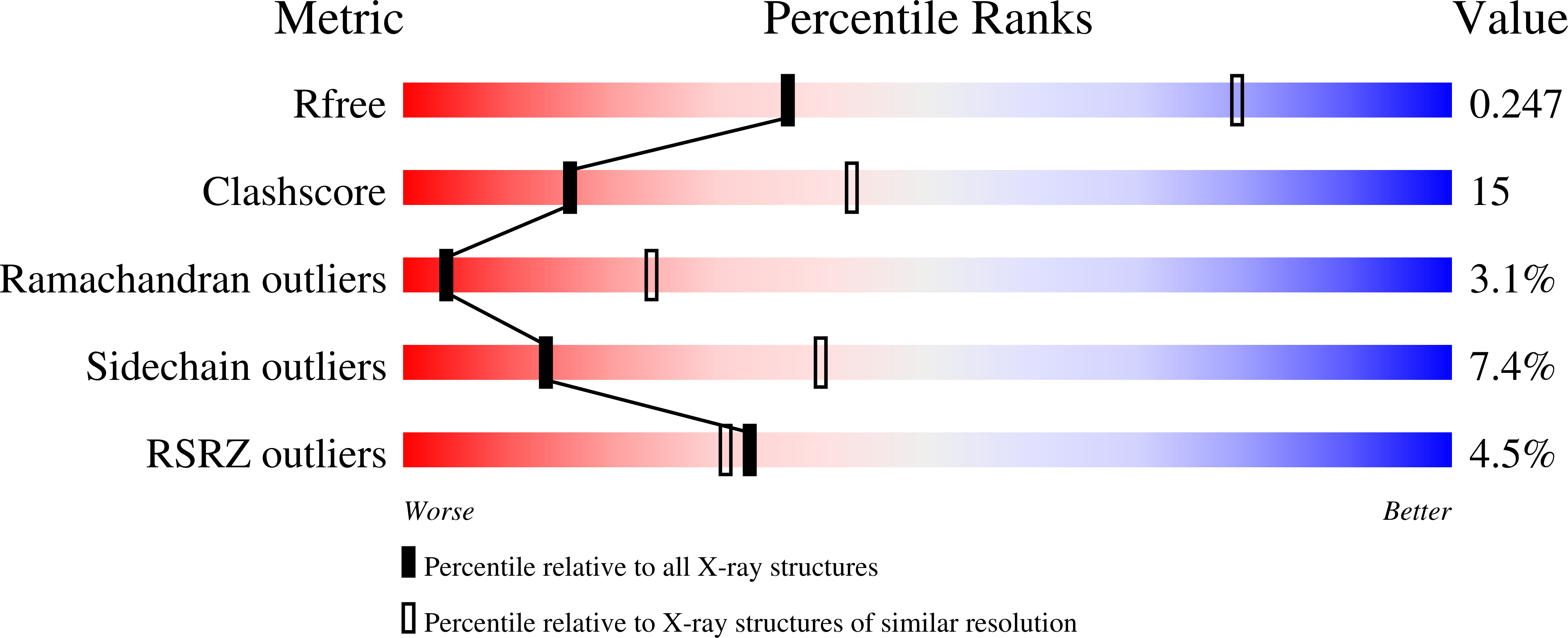
Deposition Date
2019-11-26
Release Date
2020-12-02
Last Version Date
2023-10-11
Entry Detail
PDB ID:
6V3P
Keywords:
Title:
The BIgI domain of beta protein from S. agalactiae bound to CEACAM1
Biological Source:
Source Organism:
Homo sapiens (Taxon ID: 9606)
Streptococcus agalactiae (Taxon ID: 1311)
Streptococcus agalactiae (Taxon ID: 1311)
Host Organism:
Method Details:
Experimental Method:
Resolution:
3.25 Å
R-Value Free:
0.24
R-Value Work:
0.21
R-Value Observed:
0.21
Space Group:
I 41 2 2


